Club Feet Causes

Club Foot
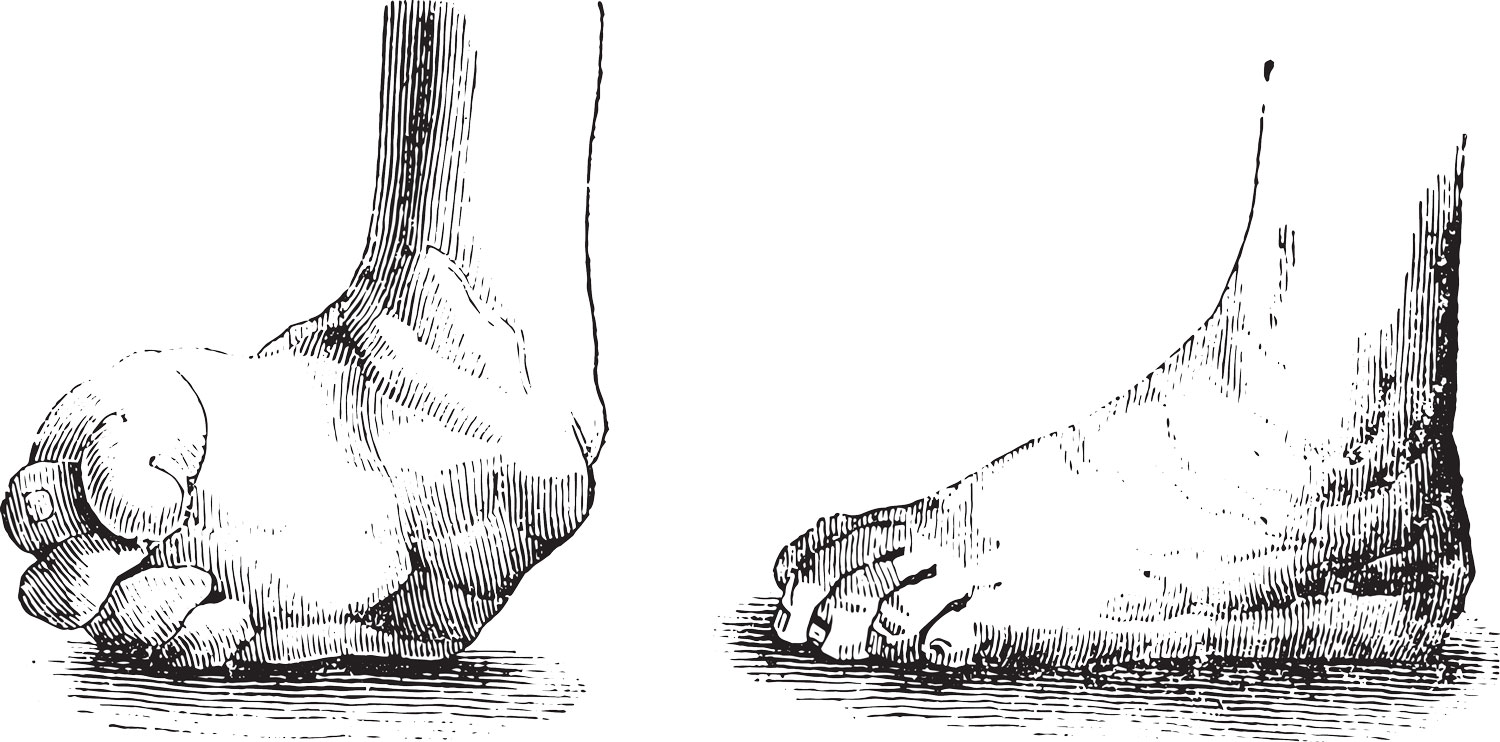
What Is Clubfoot Causes And Treatment Canyon Oaks Foot Ankle

Clubfoot Causes And Treatments
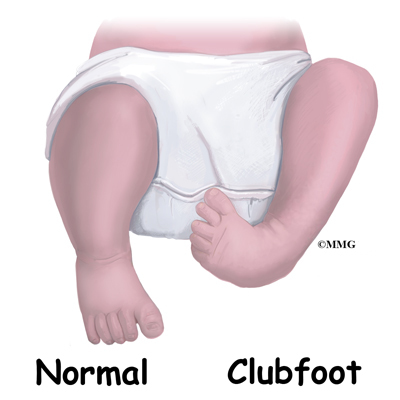
Clubfoot Eorthopod Com
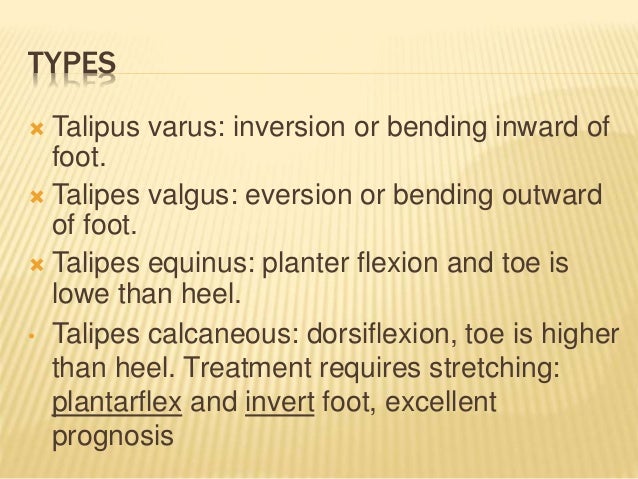
Club Foot

Clubfoot Walk For Life
There are likely to be other possible causes, so ask your doctor about your symptoms.
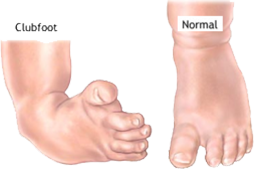
Club feet causes. If one parent has club foot, there's about a 1 in 30 chance of your baby having it. The cause of clubfoot is unknown (idiopathic), but it may be a combination of genetics and environment. Other theories for the causes of clubfeet include defects in development of the bones, tendons, or muscles or some mechanical obstruction in utero.
There is no differential diagnosis for clubfoot. She is 9-10 now. Clubfoot develops prenatally and can be caused by both genetic and environmental factors.
Clubfoot is a deformity of the foot and lower leg. Clubfoot is a congenital condition (present at birth) that causes a baby’s foot to turn inward or downward. It is important to get an early diagnosis and.
In other cases, the foot was in an awkward position in the mother’s womb. Talipes equinovarus is a congenital (present from birth) condition where the foot turns inward and downward.The cause of this condition is not known, although it may be passed down through families in some cases. This is known as postural clubfoot.
There are studies, however, that have linked the congenital deformity with the use of Selective Serotonin Reuptake Inhibitors (SSRIs) while pregnant. It is a relatively common defect and occurs in about 1 out of every 1,000 births in Western countries. Congenital foot birth deformity turning the foot inward.
The true cause of clubfoot has not yet been determined even after various studies and research have been made. It’s when one or both feet are turned inward. Use of drugs or alcohol during pregnancy.
Shoes attached to the bar may cause pressure blisters and sores. Clubfoot is a birth abnormality that causes a newborn baby's feet to point down and inward. This condition occurs in about 1 out of every 1,000 births.
Clubfoot is caused by a shortened Achilles tendon, which causes the foot to turn in and under. Disease development can occur over a wide range of conditions, but is favored by excessive moisture, low soil pH and soil temperatures between 64 and 77˚F. Clubfoot occurs when a foot and ankle are permanently twisted.
However, if clubfoot is properly treated, the deformity can often be cured in early childhood. It depends if there is a neurological component. The cause is not known.
The occurrence in both feet is between 30-50 percent. Approximately 50% of cases of clubfoot affect both feet. Risk factors include a family history of the disorder and being male.
Clubfoot is invariably genetic defect inherited by birth. Congenital clubfoot is present at (the definition of "congenital") and affects the foot and/or ankle. If either of the parents or their other children have had clubfoot, the baby is more likely to have it as well.
Most of the children that have been affected with this condition have not shown any genetic predispositions, syndromal, or extrinsic causes. A genetic cause is suspected, considering twin studies where one twin has the defect and the other does not, but this has not been confirmed. If either of the parents or their other children have had clubfoot, the baby is more likely to have it as well.
Clubfoot is believed to be a "multifactorial" meaning that there are many different factors involved. Club Foot Causes Causes for clubfoot are not understood. If you have one child with club foot, your chance of having a second child with the condition is about 1 in 35.
However, the baby soon learns to kick both legs simultaneously and feels comfortable. One of her ear feel turns out while standing square. Doctors can usually visually diagnose clubfoot at birth, but the condition is often detected in utero (in the womb) with ultrasounds.
One or both feet may be affected. Fungal spores can be spread by wind, water and garden tools. Clubfoot causes the heel to point downward while the front half of the foot (forefoot) turns inward.
Doctors don’t know what causes it, and. The exact cause of club foot is not known. Club root will reduce yields and can cause total crop failure.
Now, researchers at Washington University School of Medicine in St. Clubfoot is a deformity in which an infant's foot is turned inward, often so severely that the bottom of the foot faces sideways or even upward. Spores can survive in the soil for as many as 10 years.
Haft GF, Walker CG, Crawford HA. The affected foot and leg may be smaller in size compared to the other. Although children being born with clubfoot has been documented throughout history, even dating to the time of the ancient Egyptians, we do not know what actually causes clubfoot.
Neurologic conditions causing cavus foot deformity include Charcot-Marie-Tooth disease (CMT accounts for 50% of the neurologic cases), cerebral palsy, clubfoot, post-stroke paralysis. Researchers are still uncertain about the cause of most cases of clubfoot. In some children, bones may also be abnormal in terms of shape, size, or position.
This causes the tissues around the ankle to. Club foot is caused by genetic abnormality but the exact reason what causes. As the foot matures, the development of the bones and joints become rigid and less flexible.
The cause of clubfoot is also linked to some skeletal disorders like spina bifida and hip dysplasia in which the spinal cord fails to develop since birth. Causes and contributing factors. More detailed information about the symptoms, causes, and treatments of Clubfoot is available below.
No one really knows what causes the deformity. During the daytime, the children wear regular shoes. Do you suspect your baby may have clubfoot?.
Early clubfoot recurrence after use of the Ponseti method in a New Zealand population. The condition can also be caused due to environmental and genetic factors. The doctor might also take an X-ray of the foot to confirm a clubfoot diagnosis.
Genetic factors are believed to play a major role, and some specific gene changes have been associated with it, but this is not. Clubfoot can be successfully treated with a variety of devices and procedures. I was told that as she ages into her mid teens, her coffin bone would cause pain and she would then need to be put down.
Genetic causes may include diastrophic dwarfism or autosomal recessive. Your baby's foot bones, muscles, tendons, and blood vessels may also be affected. In children with only one clubfoot, the shoe for the normal foot is fixed on the bar in 30 degrees of abduction.
The exact cause of clubfoot is unknown, but doctors agree that a family history of clubfoot increases the likelihood that a child will be born with the condition. Boys are about twice as likely to develop clubfoot than girls are. In most cases the cause of club foot isn't known, but there may be a genetic link as it can run in families.
I use her for team roping. Treatment is necessary to correct clubfoot and is usually done in two phases — casting and bracing. In babies who have clubfoot, the tendons that connect their leg muscles to their heel are too short.
The frequency of congenital clubfoot is approximately 1 per 1,240 live births. The exact cause is usually not identified. Doctors don’t know exactly what causes the condition, but it may be caused by a genetic defect or a compression of the legs and feet that forces them to grow into an unnatural posture.
Clubfoot develops in the womb. The cause of clubfoot is not known. My horse was x-rayed in the front and she was diagnosed as having club feet in the front, and perhaps the rear.
Also, mothers who smoke and drink. Without treatment, the foot remains deformed, and people walk on the sides of their feet. There is no known cause for clubfoot, and it is twice as common in male children as it is in female children.
Learn how clubfoot is treated. The medical term for clubfoot is talipes or talipes equinovarus. The foot of a newborn is merely the size of an adult thumb.
It can range from mild and flexible to severe and rigid. It can be mild or severe and occur in one or both feet. Some believe clubfoot develops because of an abnormally shaped anklebone.
In some cases, clubfoot causes the leg to be slightly shorter than the other leg. Causes, prevention, and treatment. An abnormality of the tendons and ligaments in the foot causes an abnormal structure and position of the foot.
These tight tendons cause the foot to twist out of shape. There may be a link to maternal smoking during pregnancy. Most often, it occurs by itself.
Clubfoot is a deformity of the foot and lower leg. However, these theories have not yet been proven. Children with a family history of the condition are more likely to be born with it.
Not all experts agree on congenital clubfoot causes. But medical professionals do understand that clubfoot is not affected by the fetus’ position in the uterus. The most widely accepted theory is that clubfoot is caused by a combination of genetic and environmental factors.
Clubfoot is a birth defect where one or both feet are rotated inward and downward. If a parent was born with clubfoot and has an affected child as well, the chance for future offspring to have clubfoot could be as high as 25%. Others think clubfoot happens because of abnormal nerve function in the leg, or because of abnormal tissues in the muscles and tendons of the foot.
Clubfoot causes one or both feet to twist into an abnormal position, and can be mild or serious. Clubfoot develops because the tendons in your baby's leg and foot are shorter and tighter than normal. Is it reducible or rigid.
This may lead to pain and difficulty walking. Clubfoot can be caused due to the position of the baby in the mother’s womb. In clubfoot, the ligaments and tendons that hold the muscles to the bones are too tight.
Both genetic and environmental factors are believ. It also depends on how severe the clubfoot is. Watch this video to know everything about clubfoot in babies, right from the causes, symptoms, and treatment.
Most commonly, a doctor recognizes clubfoot soon after birth just from looking at the shape and positioning of the newborn's foot. But the condition may be passed down through families in some cases. Treatment begins shortly after.
Louis have found what. J Bone Joint Surg. However, it is to be noted that the condition is not caused by the position of the foetus in the uterus.
Although the clubfoot deformity is a common condition, the exact reason which is responsible for this complication has not been determined yet. The majority of clubfeet result from the abnormal development of the muscles. Clubfoot is a birth defect that causes your baby's foot to point down and be turned inward.
1 | September 25th, 18 Clubfoot is an abnormality that happens at birth.It is a condition in which the foot of the baby is twisted and is out of its original shape or position. Clubfoot is mainly idiopathic, which means that the cause is unknown. Causes and contributing factors for clubfoot have not been determined.
Although clubfoot is one of the most common congenital birth defects, few genetic causes have been found. It can occur in one (unilateral) or both feet (bilateral). The following medical conditions are some of the possible causes of Clubfoot.
Most cases of clubfoot can be successfully treated with nonsurgical methods that include stretching, casting, and bracing. Boys are about twice as likely to develop clubfoot than girls are. How Common Is It?.
The cause of clubfoot is unknown (idiopathic), but it may be a combination of genetics and environment. Some studies suggest that babies are more likely to be born with clubfoot if their mothers took antidepressants while pregnant. However, in some patients, cavus foot can be due to neuromuscular diseases that cause muscle contractures which draw the ball of the foot closer to the heel.
Clubfoot can range from mild to severe. Clubfoot is the most common congenital disorder of the legs. Most commonly, it is an isolated congenital birth defect and the cause is idiopathic (unknown).
In some cases, clubfoot is part of a syndrome or birth defect. What is known, however, is that there is an increased risk in families with a history of clubfeet. It’s when one or both feet are turned inward.
Clubfoot is a birth defect of the foot that may affect your baby's ability to walk normally. Occasionally, the doctor may request X-rays to fully understand how severe the clubfoot is, but usually X-rays are not necessary. Most of the time, it is not associated with other problems.
Clubfoot causes the heel to point downward while the front half of the foot (forefoot) turns inward. Children with clubfoot should be able to take part in regular daily activities once the condition is treated. This disorder is an isolated problem for the child and hence the child will be otherwise healthy in all aspects.
Clubfoot is twice as common in boys. Although it might be a genetic condition, most families show no clear. The foot is twisted from normal position to a sharp angle with respect to the ankle.
While clubfoot does not cause pain, it can cause long-term problems if left untreated, affecting the child's ability to walk normally.

Clubfoot And Metatarsus Adductus Foot And Ankle Care

Clubfoot Causes Symptoms Risk Factors Diagnosis Treatment And Prevention Boldsky Com

Clubfoot For Parents Nemours Kidshealth
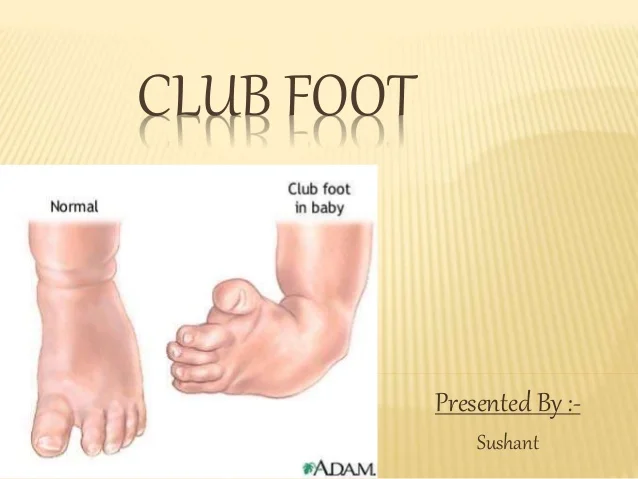
Club Foot
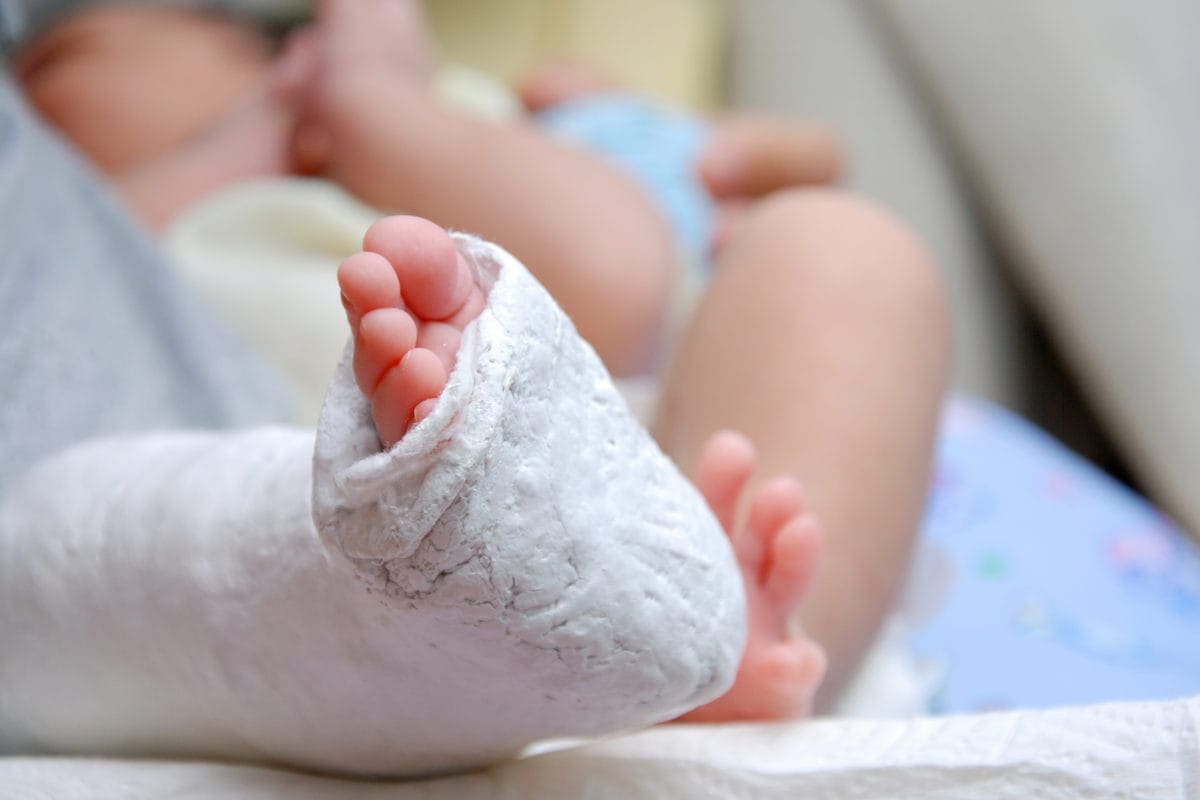
What Is Clubfoot Symptoms And Treatment Familydoctor Org
2
Clubfoot What Is Clubfoot What Causes Clubfoot Who Gets Clubfoot What Are The Symptoms Of Clubfoot

Clubfoot Talipes Equinovarus Impcna Com

Clubfoot Causes And Treatment Family Foot Ankle Specialists

Club Feet Causes And Treatments Top O C Surgery Center Crown Valley Surgical

Orthoindy When An Infant S Foot Is Turned Inward Facebook
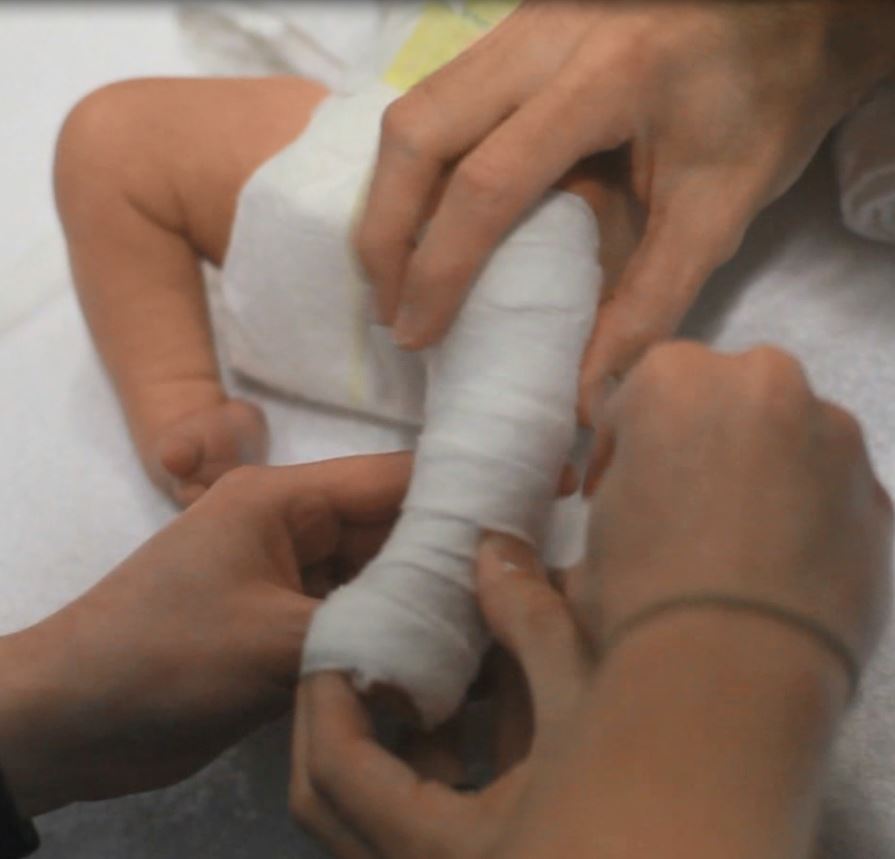
Clubfoot Talipes Equinovarus Campbell Clinic Orthopaedics

To Parents Of Children Born With Clubfeet University Of Iowa Stead Family Children S Hospital

Clubfoot Boston Children S Hospital
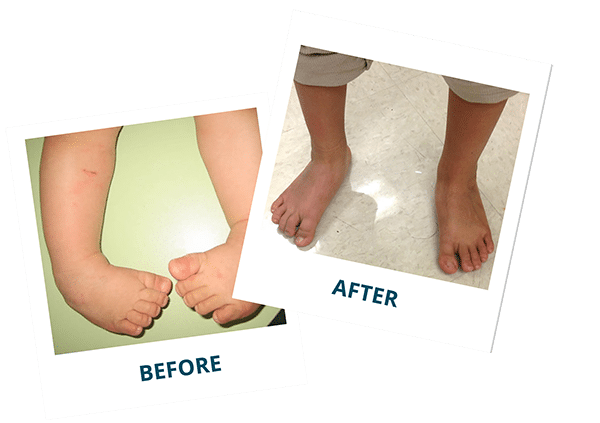
Clubfoot Doctor Ladera Ranch Southern California Foot Ankle Specialists

How To Prevent Clubfoot Clubfoot Causes And Treatments
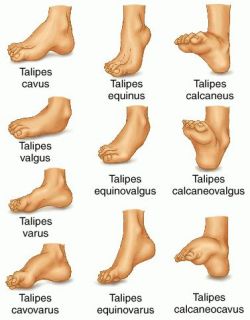
Congenital Talipes Equinovarus Clubfoot Nursing Care Management Nurseslabs

Talipes Causes Archives Tebmedtourism
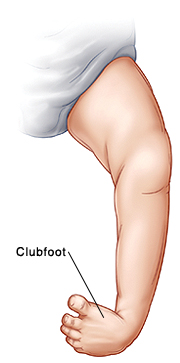
When Your Child Has Clubfoot Saint Luke S Health System
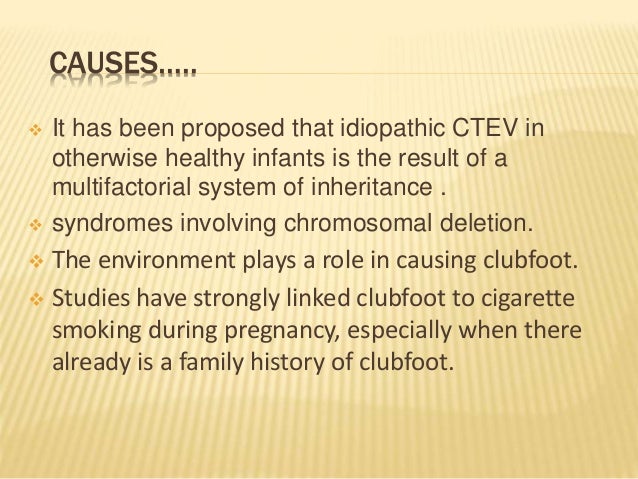
Club Foot
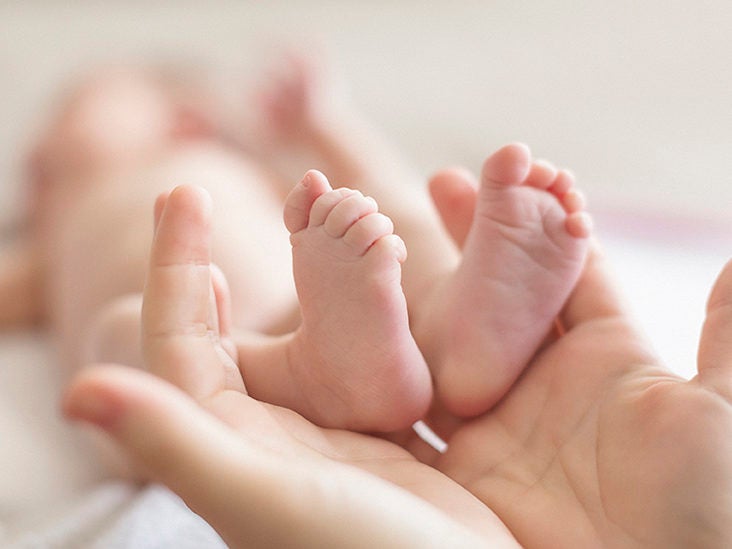
Clubfoot Repair Treatments Procedure Outlook

Clubfoot Definition Causes Symptoms Complications And Cost Surgery Treatment Hospital In India
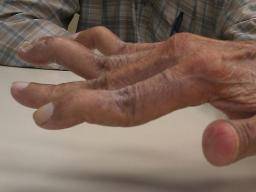
Clubfoot Causes And Treatments

Congenital Talipes Equinovarus Or Clubfoot Causes And Treatment
Clubfoot Orthoinfo os

What Is Clubfoot And How Is It Treated

Positional Clubfoot

Clubfoot Symptoms Causes And Treatment Options

Clubfoot Its Types And Causes Simplified In Hindi Youtube

Babies Born With Clubfoot Clark Nj Foot Doctor
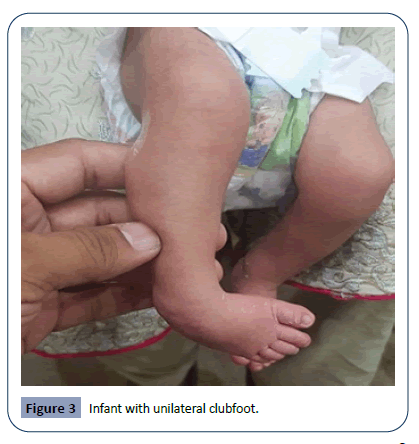
Cross Sectional Study Of Clinical Profile And Treatment Of Clubfoot By Ponseti Method Among Infants At A Tertiary Care Hospital Insight Medical Publishing

Congenital Clubfoot Genetic Disorders Types Of Clubfoot

What Are The Main Causes Of Clubfoot Interactive Health
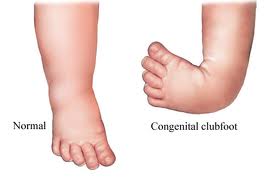
Introduction To Clubfoot Physiopedia

When Your Child Has Clubfoot Articles Mount Nittany Health System

Clubfoot Healthing Ca

Clubfoot Treatment In Broward Palm Beach Florida Foot Ankle
:max_bytes(150000):strip_icc()/GettyImages-976611000-781e705fad0e43aca41e5f5fc82f7b7e.jpg)
Learn About Clubfoot Deformity In Newborns
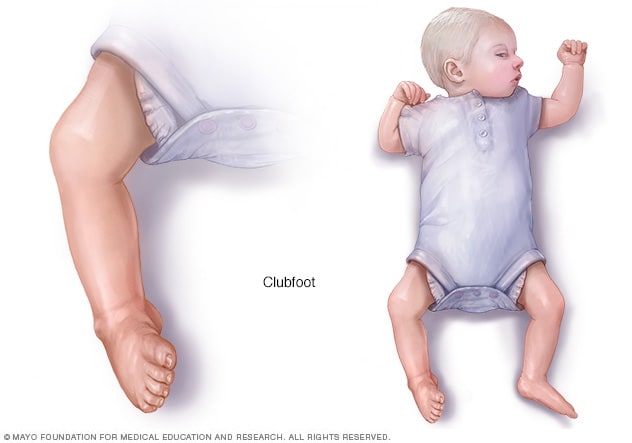
Clubfoot Symptoms And Causes Mayo Clinic

Club Foot Treatment The Alternative Or Orthodox Way Guardian Woman The Guardian Nigeria News Nigeria And World News

Club Foot Shoes Baby Ponseti Shoes For Sale Club Foot Baby Club Foot Baby Club
1
/GettyImages-976611020-532e1800b14b4c89aec1f2f6a855f199.jpg)
Newborn Baby Foot Problems And Deformities
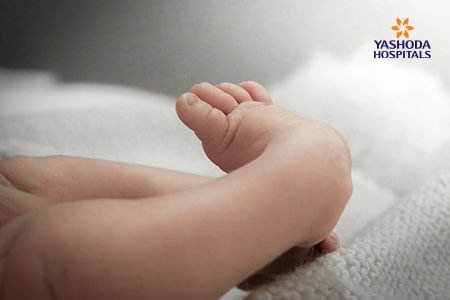
Clubfoot What Is Clubfoot Its Causes

What Is Club Foot Causes And Symptoms Premier Hospital

Causes For Clubfoot Given By Patient S Guardians Download Table

Talipes Causes Symptoms Treatment Talipes

Clubfoot Treatment Causes Symptoms Diagnosis
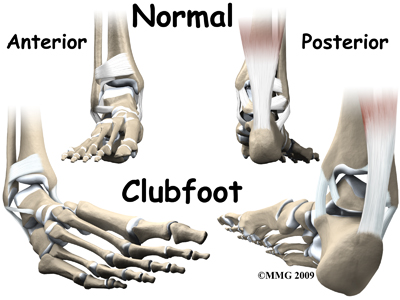
Physical Therapy In El Paso For Pediatric Issues Clubfoot

Club Foot Talipes In Babies Causes Signs Treatment Youtube
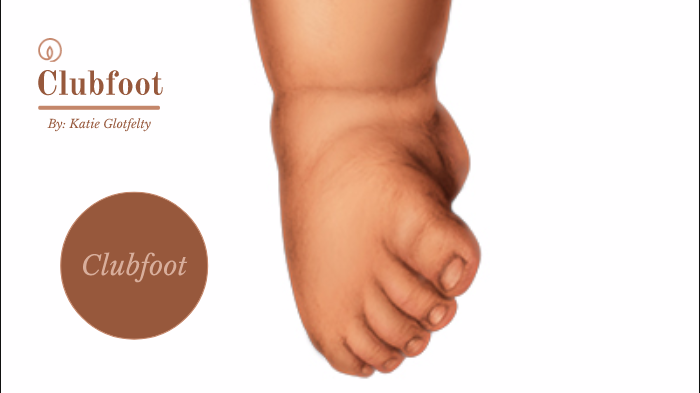
Clubfoot By Katie Glotfelty On Prezi Next

Club Foot

Club Foot Cause And Treatment Family Health Kidspot

Clubfoot Wikipedia
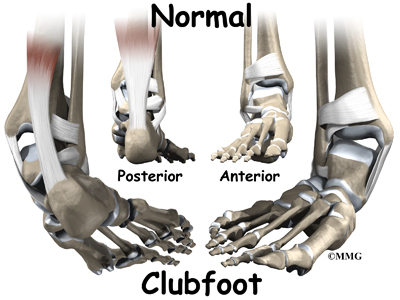
Clubfoot Eorthopod Com

About Clubfoot

Pdf Causes Of Non Compliance Of Foot Abduction Orthosis Amongst Local Patients Of Relapse Idiopathic Club Foot

Treating Clubfoot Early May Help A Child Walk Normally Parenting News The Indian Express

Club Foot Nhs
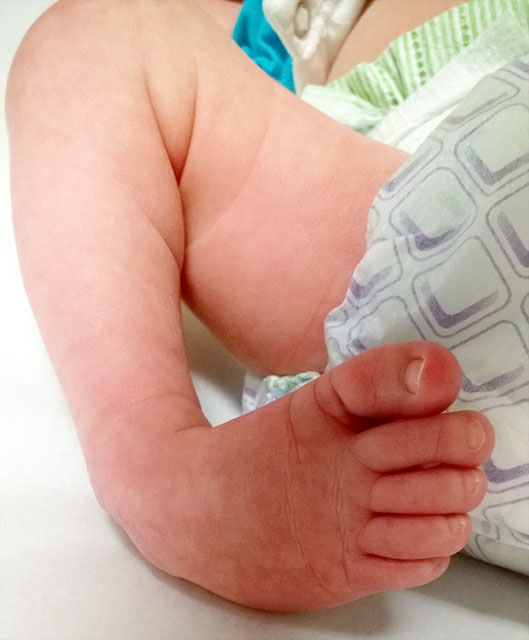
Clubfoot Johns Hopkins Medicine

Clubfoot Treatment Causes Symptoms Diagnosis
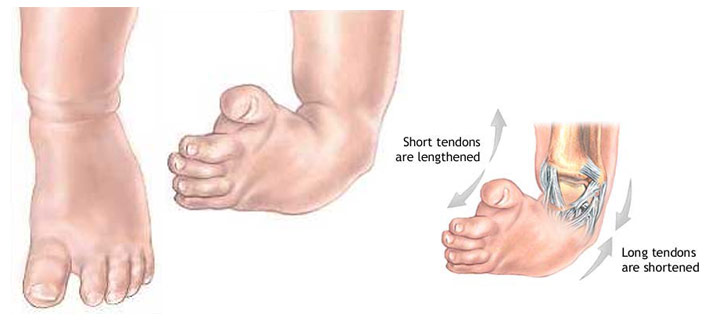
Congenital Talipes Equinovarus Clubfoot Nursing Care Management Nurseslabs

Club Foot Gene Identified

Antidepressants And Clubfoot Birth Defect

Clubfoot Causes And Treatments Palos Hills And Mokena
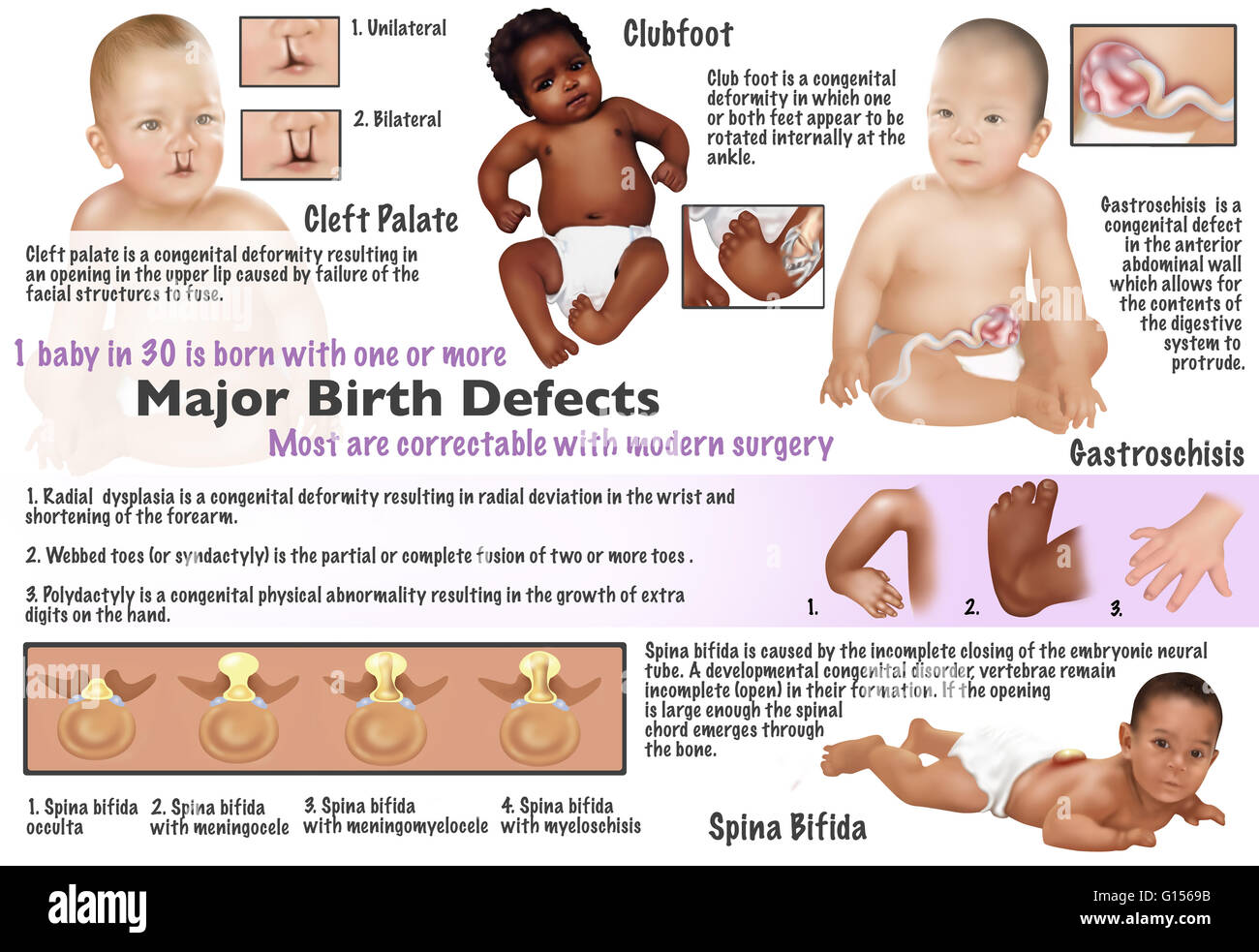
Clubfoot High Resolution Stock Photography And Images Alamy
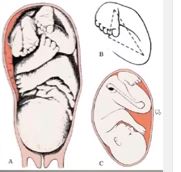
Introduction To Clubfoot Physiopedia
Q Tbn 3aand9gctp62jgxdlybgwfyvfzh Y3p9jo177qwhalpgcofoygxaj3mncw Usqp Cau
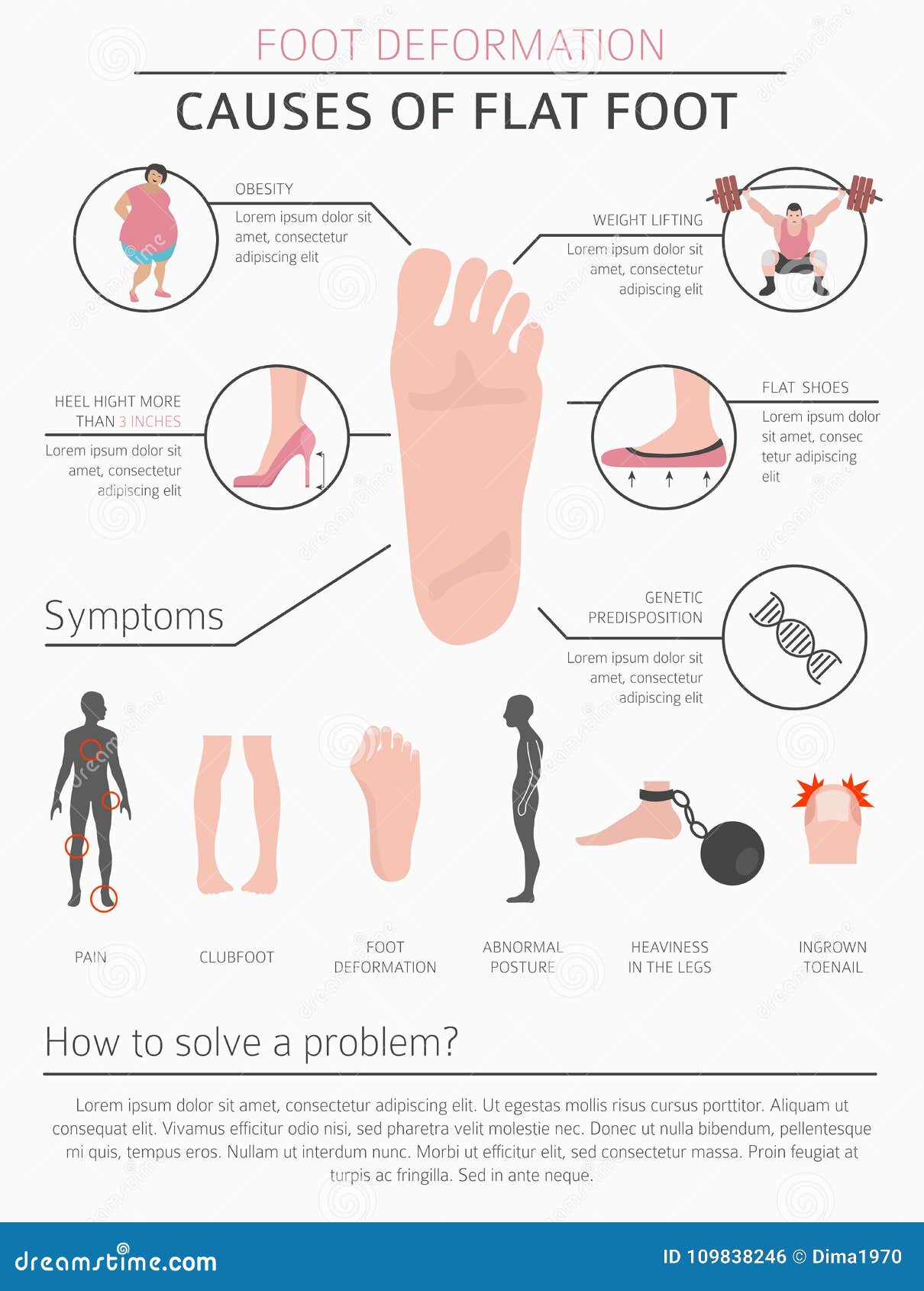
Clubfoot Stock Illustrations 46 Clubfoot Stock Illustrations Vectors Clipart Dreamstime
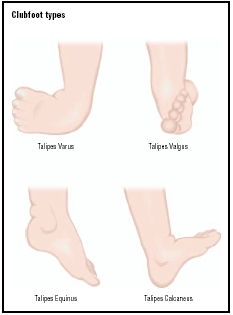
Clubfoot Symptoms Stages Definition Description Demographics Causes And Symptoms Diagnosis

Association Between Perception Of Causes Of Clubfoot And Awareness Of Download Scientific Diagram

Clubfoot Llrs
Q Tbn 3aand9gcqfbf Tw7mgf8 Pepof9qwj Szroifzfxqhzgbd1q0a8vuxyewp Usqp Cau

Our Work Clubfoot India Uk

Club Foot In Infants Reasons Signs Remedies

What Is Club Foot Congenital Deformity Medegurumed E Guru

Clubfoot Global Clubfoot Initiative

Clubfoot Children S Orthopaedic And Scoliosis Surgery Associates Llp
Clubfoot Orthoinfo os
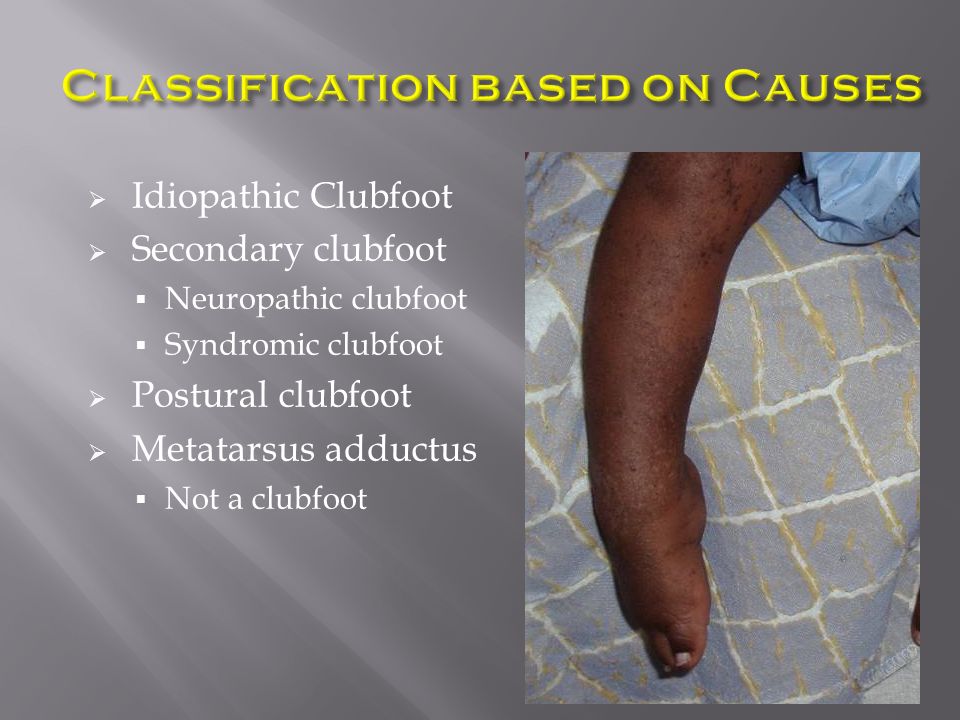
Management Of Neglected Club Foot Ppt Video Online Download
Q Tbn 3aand9gctp62jgxdlybgwfyvfzh Y3p9jo177qwhalpgcofoygxaj3mncw Usqp Cau

What Are The Main Causes Of Clubfoot Interactive Health
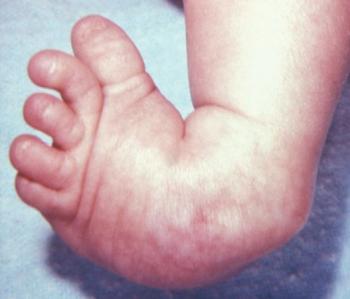
Clubfoot Causes And Treatments

Clubfoot Congenital Talipes Equinovarus Pediatrics Orthobullets

Healthinfo Canterbury

Club Foot Symptoms And Treatment

Clubfoot Eorthopod Com

Chromosomal Abnormality Found For Inherited Clubfoot The Source Washington University In St Louis
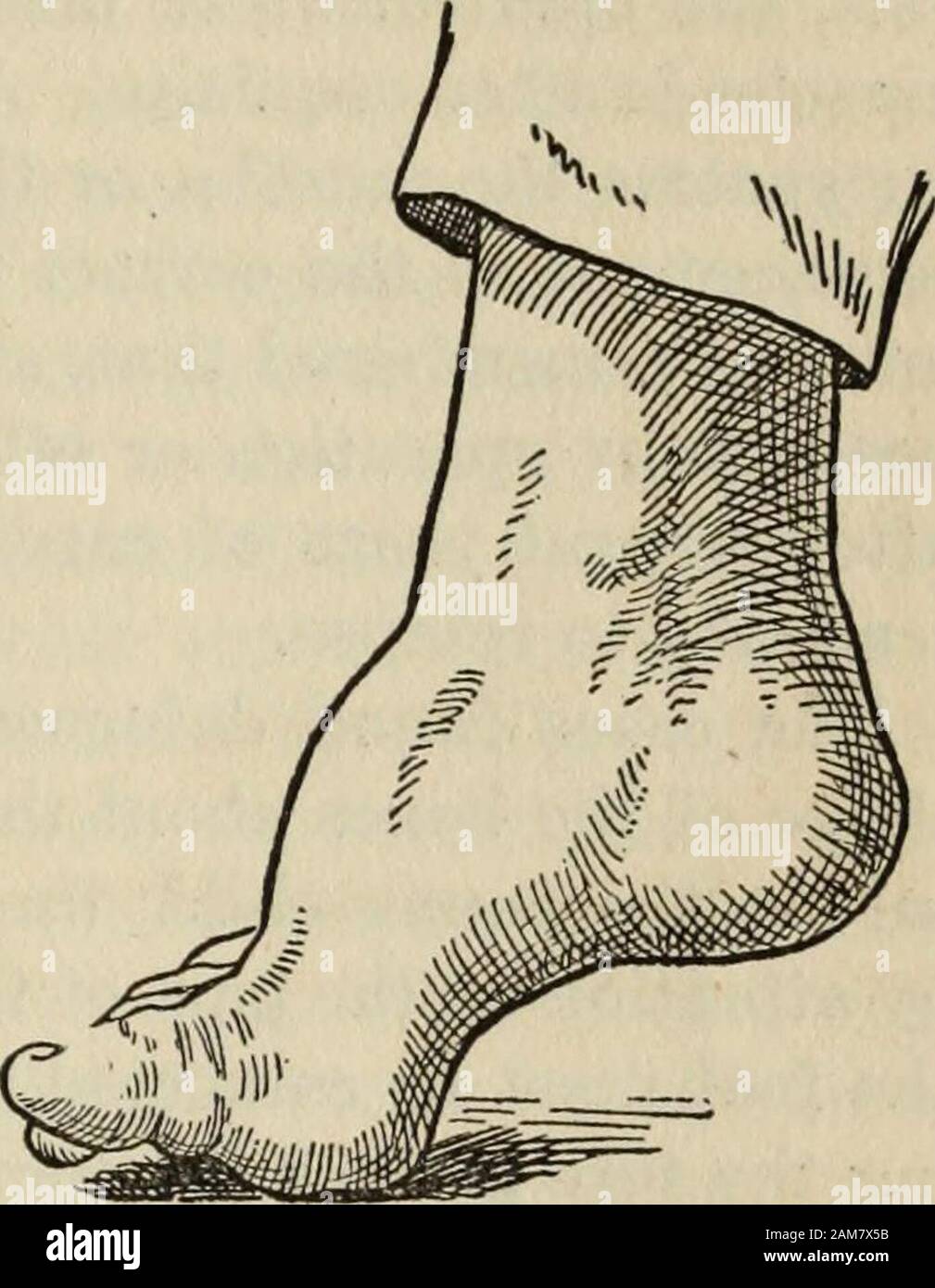
Health Knowledge A Thorough And Concise Knowledge Of The Prevention Causes And Treatments Of Disease Simplified

Clubfoot And Other Foot Defects Children S Health Issues Merck Manuals Consumer Version

Club Foot Shoes Baby Ponseti Shoes For Sale Club Foot Baby Club Foot Baby Club

Management Of Neglected Club Foot Ppt Video Online Download
Our Work Hope Walks

Why Leave A Clubfoot For Later

Congenital Clubfoot Youtube

Kids Book On Clubfeet Hip Hop Hooray For Brooklynn Bunny By J Harold And B Miller
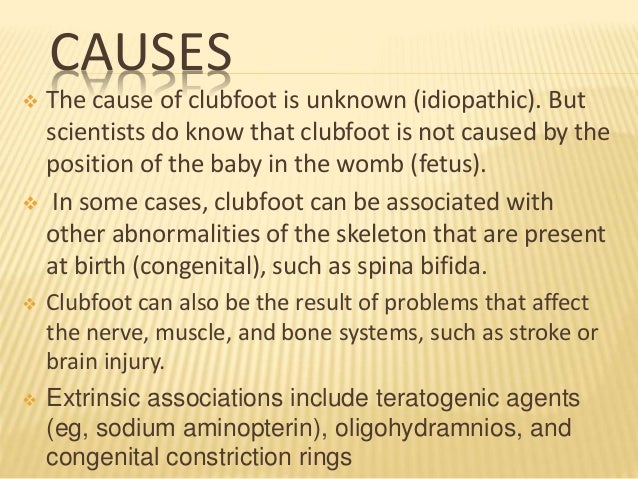
Club Foot

Clubfoot Talipes Equinovarus Houston Tx Spring Branch Podiatry Pllc



